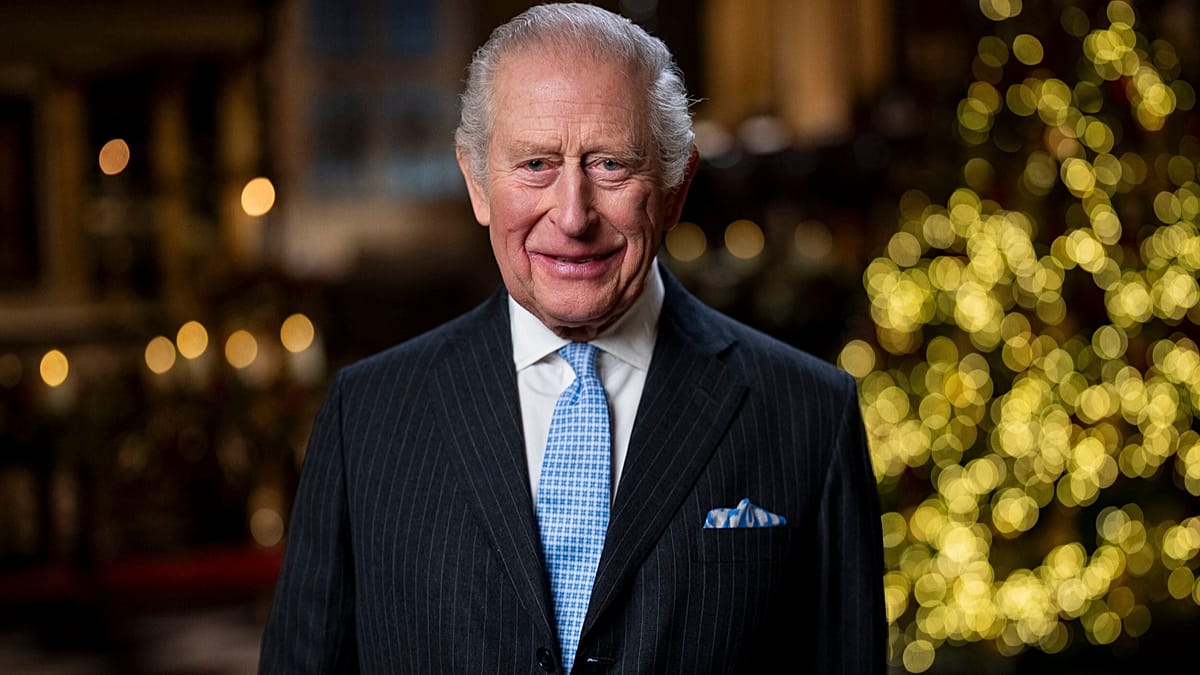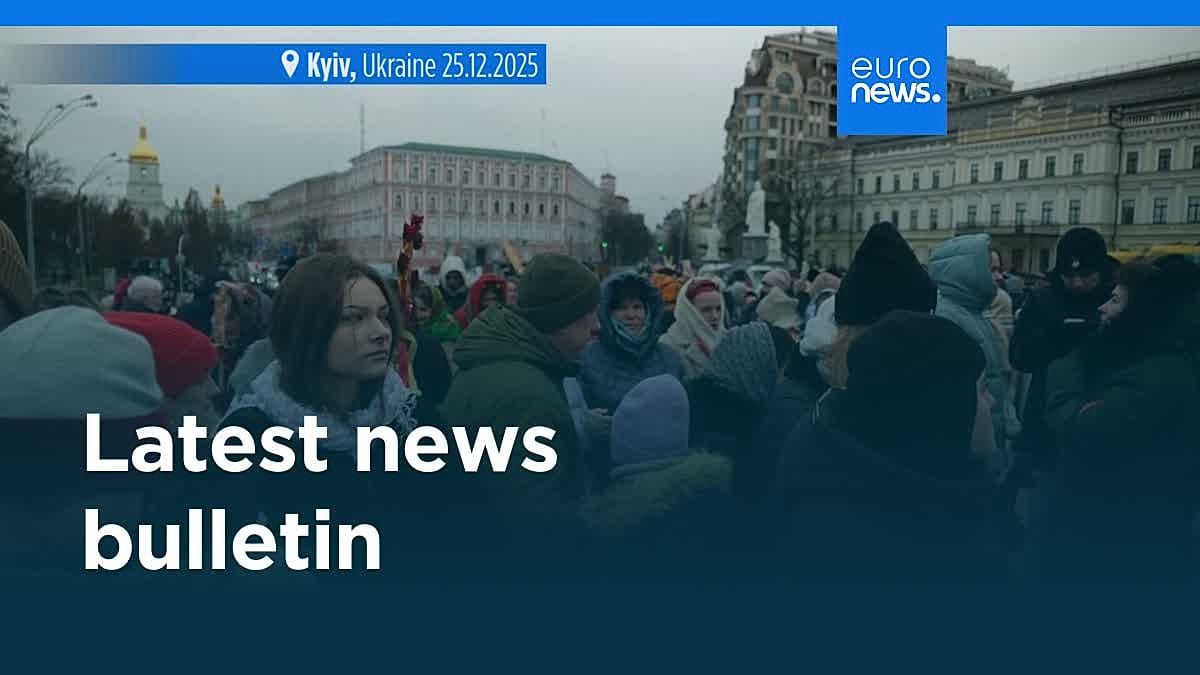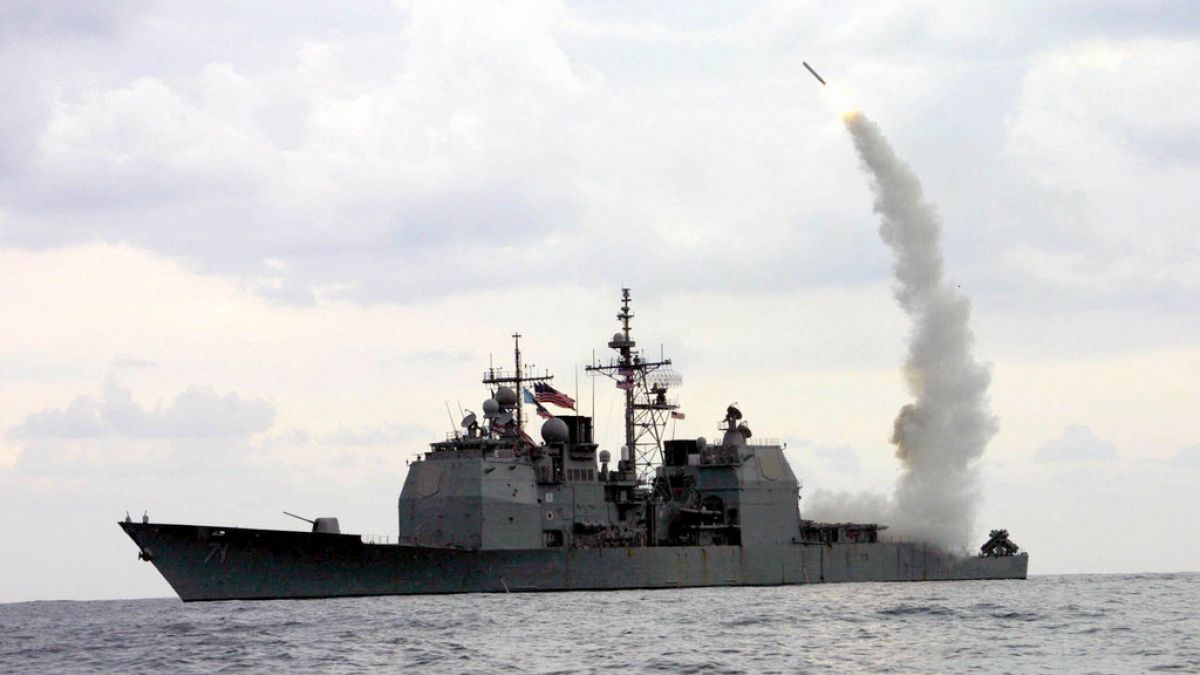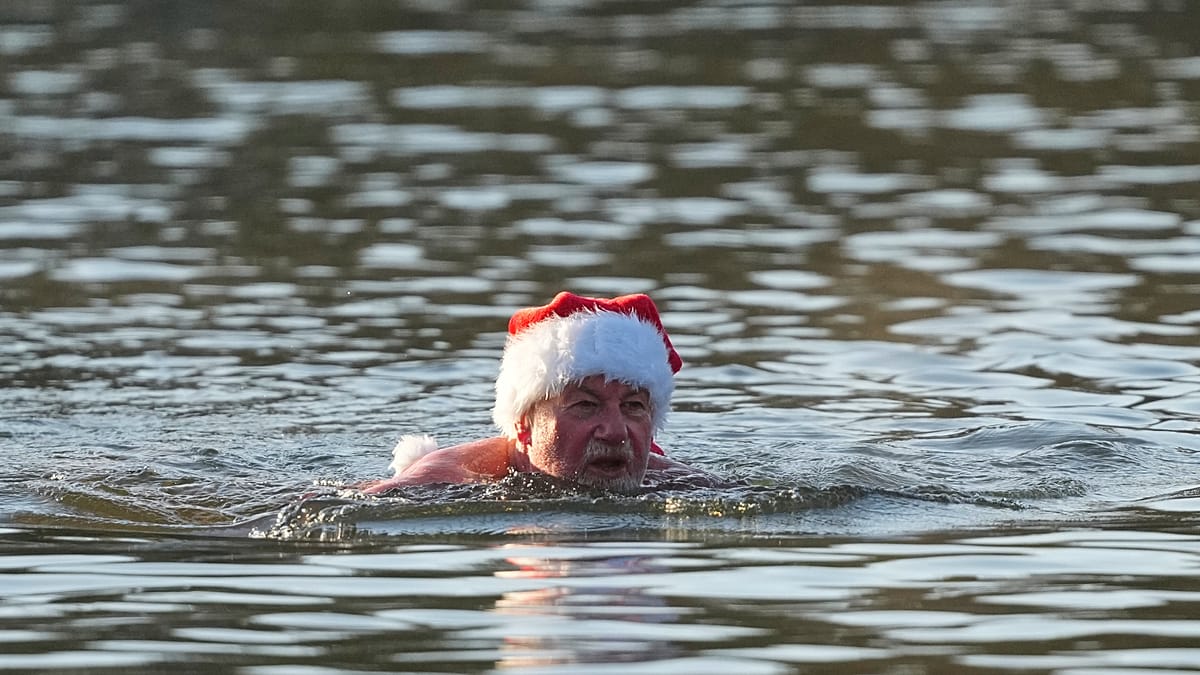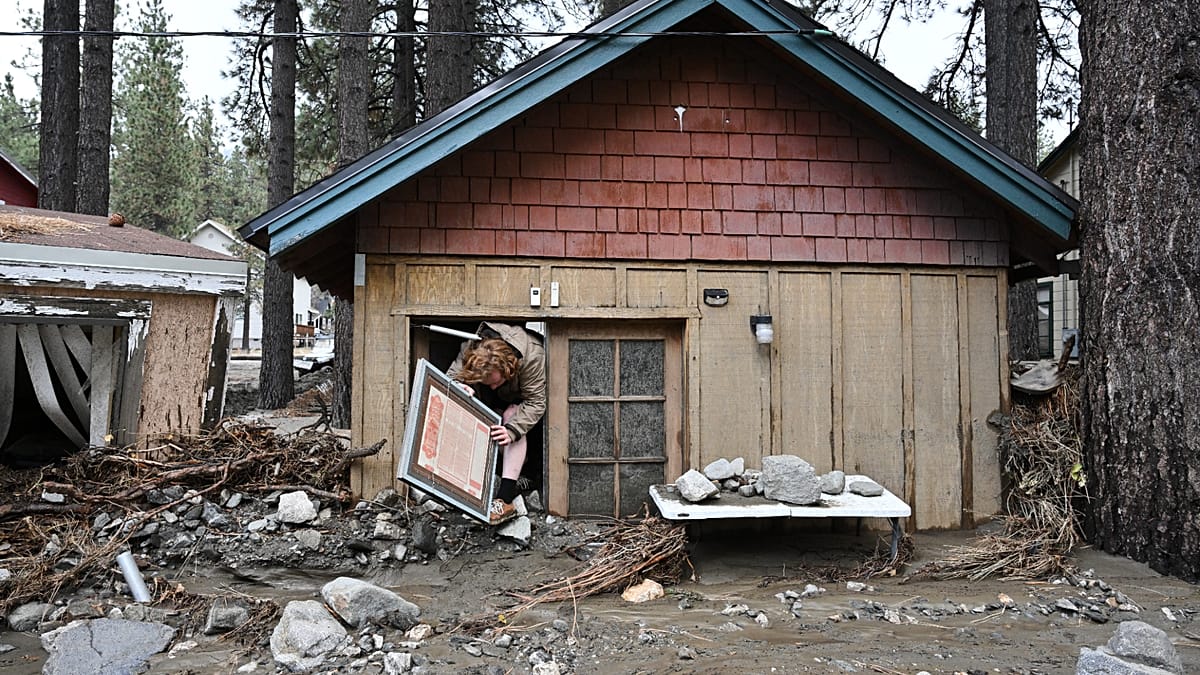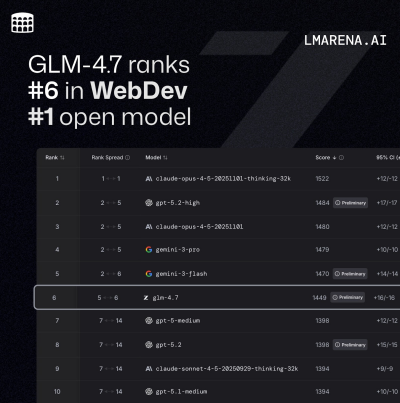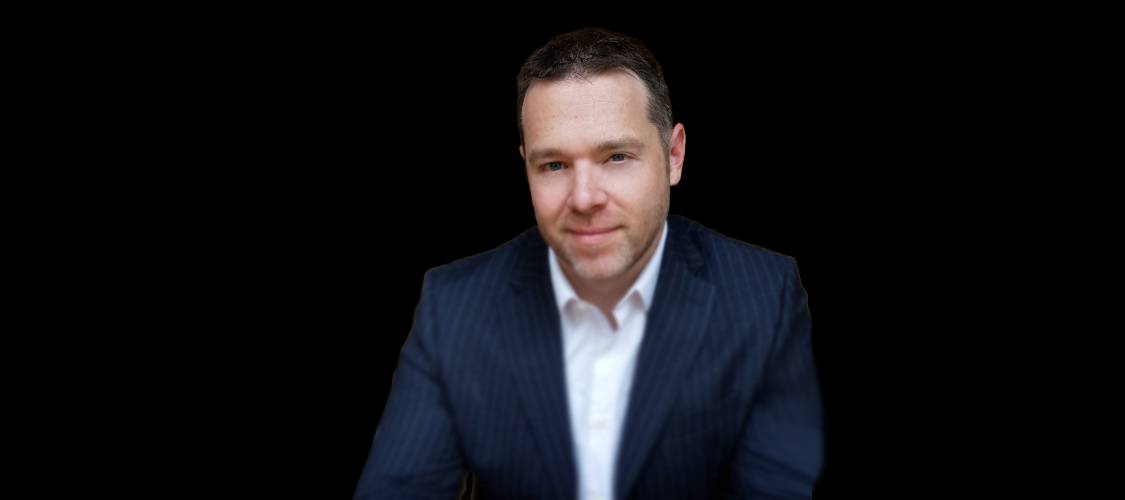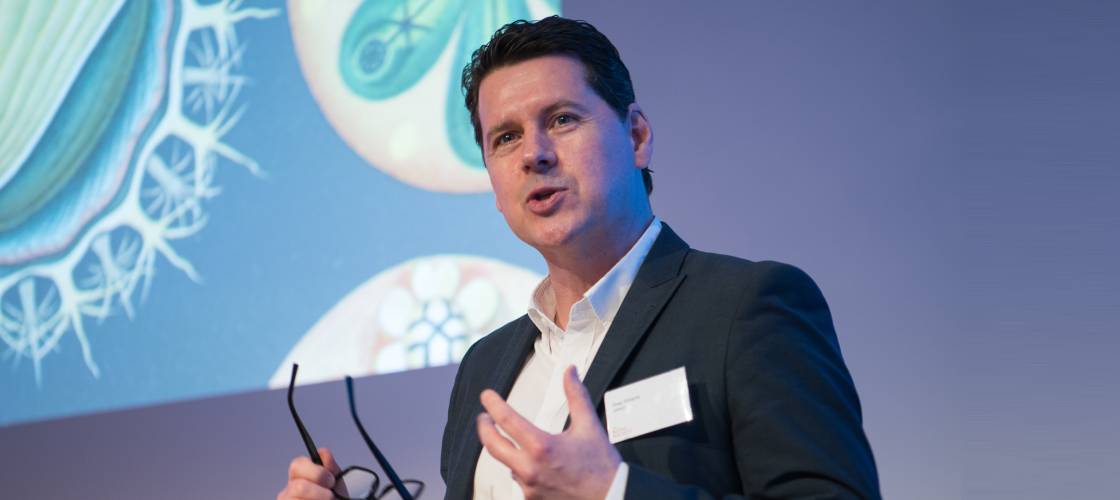Why Europe Is Suddenly Buying Weapons Like It’s 1939
Europe is ramping up its defense budgets in a way not seen since the eve of World War II. Find out what's driving this military resurgence—and what it means for global security.

On the morning of February 25, 2025, the German Bundestag approved a new €10 billion defense package, marking Germany’s third major weapons funding initiative since 2023. Just over an hour later, France’s Defense Minister Sébastien Lecornu stood before parliament in Paris to announce a sweeping €413 billion military investment plan that will stretch through 2030. “The world is not what it used to be,” he said, “and Europe must be ready.”
Across the continent, similar announcements have been coming at a rapid pace. From Sweden to Poland, defense budgets are increasing faster than at any point in the last fifty years. In Brussels, on February 10, 2025, the European Defence Agency confirmed that EU member states collectively spent €312 billion on defense in 2024—up 15% from the previous year and nearly double the total five years ago. It marks the fastest defense growth rate since the late 1930s.
The trigger, according to nearly all European leaders, remains the war in Ukraine and the growing uncertainty surrounding Russia’s military ambitions. Since Russia’s invasion of Ukraine on February 25, 2022, Europe has moved away from a peacekeeping posture and into what many now call “pre-war preparedness.” In a closed-door NATO summit held in Oslo on January 14, 2025, Secretary General Jens Stoltenberg warned, “Russia has not slowed down. If anything, it is preparing for escalation. Europe can no longer afford to be reactive.”
Poland, once known for its restrained defense spending, is now leading the bloc with over 4% of its GDP directed toward military upgrades. On February 7, 2025, Polish Prime Minister Mateusz Morawiecki confirmed the purchase of an additional 800 K2 tanks and 500 long-range missile systems from South Korea. “We are not preparing for war,” he said at 5:15 PM that evening, “we are preparing to make war impossible.”
The Baltic states are also on high alert. Estonia doubled its military spending in 2024 and launched a civilian defense training program for citizens aged 18–60. Lithuania has begun construction on 50 new NATO-standard bunkers near its eastern border.
Western Europe, while slower to respond in the early stages of the Ukraine war, is now racing to catch up. The UK, despite no longer being part of the EU, has signed joint defense pacts with France, Germany, and Italy, while significantly boosting weapons exports to member states. Italy has pledged to modernize its air force by 2027, and Spain approved a €9.4 billion budget for drone and missile defense systems along the Mediterranean coast.
Security experts say the comparison to 1937 is not just symbolic. “We’re seeing the kind of military build-up we last saw in Europe just before World War II,” said Dr. Emilie Lang, a security analyst at the University of Geneva, during an interview on February 15, 2025. “This isn’t just spending. It’s political alignment, military restructuring, and war-gaming exercises. And it’s happening at the same time across multiple countries.”
In response to these developments, the European Commission unveiled the European Defence Industrial Strategy on February 18, 2025. The strategy aims to unify procurement processes, strengthen Europe’s defense manufacturing base, and reduce dependency on non-European weapons systems.
Not everyone is convinced this is the right path. On February 22, over 30,000 people marched through the streets of Brussels calling for a ceasefire in Ukraine and a freeze on arms shipments. A large banner read: “1937 again? Or can we choose a different future?” Peace advocates are warning that the line between deterrence and escalation is blurring fast.
Economic concerns are rising too. With inflation still hurting households and housing crises growing in many EU capitals, critics are questioning how long governments can keep up the spending. During a parliamentary session in Amsterdam on February 23, Dutch MP Lisa van Dijk said, “We are spending billions on bombs, but our teachers and nurses are underpaid. Security cannot just mean soldiers. It must mean social peace.”
Even so, for many European leaders, the stakes are existential. Finland, which joined NATO on April 4, 2023, after decades of neutrality, has since tripled its defense budget. Finnish President Sauli Väinämö Niinistö stated at a security summit in Helsinki on February 19, “We hoped peace would last. But hope without action is no longer a strategy.”
As 2025 unfolds, the question is no longer whether Europe is preparing—it is how far it is willing to go. The urgency, the language, and the decisions echo another time in history. And while 1937 is a year remembered for warnings before war, European nations today hope that their response will write a different ending.




















